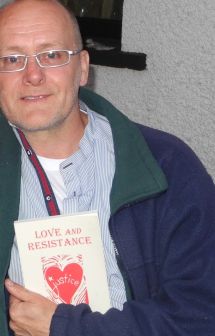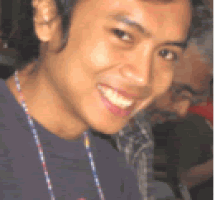This useful summary and overview is part of a series of beginner’s guides published by Oneworld. I’d like to see the others also – on Genetics, Palestine–Israel and particularly Postmodernism, a subject on which I shall always be a beginner.
Tormey presents a well organized schematic look at the modern anti–capitalist movement in recent years. He believes that the last five years since WTO Seattle in 1999 calls for a redefinition of anti–capitalist movements – essentially the hopeful and forward looking strategy that has developed globally. He says, “What we have witnessed since Seattle is an enormous outpouring of analyses, commentaries, manifestos all to go alongside of the huge increase in activist materials, websites, newspapers and periodicals.” The author has set himself the task of winnowing through and noting books and materials relevant to this new phase of global resistance.
He notes works from the movement, including by the Notes from Nowhere Collective and collections edited by Veronica Bennholdt–Thomsen et al, with many global writers, as well as “expert analyses” by academics and researchers. Many are USA or UK oriented like Moore and Chomsky, others like Bello give a global perspective from the majority world. He provides a useful list of websites.
He gives a good basis for the investigation of the nature of capitalism and the new global democracy and social justice movements – as I prefer to call them. He discusses the work of the Mexican Zapatistas; a modern movement in every sense who rose up in Chiapas the day NAFTA came into effect, 10 years ago, and went online to the world. I wish he could have found space for more grassroots groups, mainly of women, around the world and the local community building in Argentina as it disintegrated at the national government level. I recommend a good companion read would be Wild Politics by Susan Hawthorne (Spinifex Press, Australia) for what Tormey did not fit in.
Tormey’s analysis of the future of the movements and their problems is very thoughtful. To change the political structures and policies, we ultimately must face the question of power. How do we maintain the radical rooted democracy we profess when we strategize to gain and keep political power? He is thorough in his questioning but optimistic – we saw the supposed impossible fall of Soviet-style communism, we now face the failure of liberal democracy. We need to be prepared to create “another possible world” which we struggle to define and articulate as we work in the everyday struggle. Tormey (whose dedication to his mother is one I would love to have) helps not only beginners, but seasoned activists, to clarify and focus on our movement building.

 Follow
Follow






















